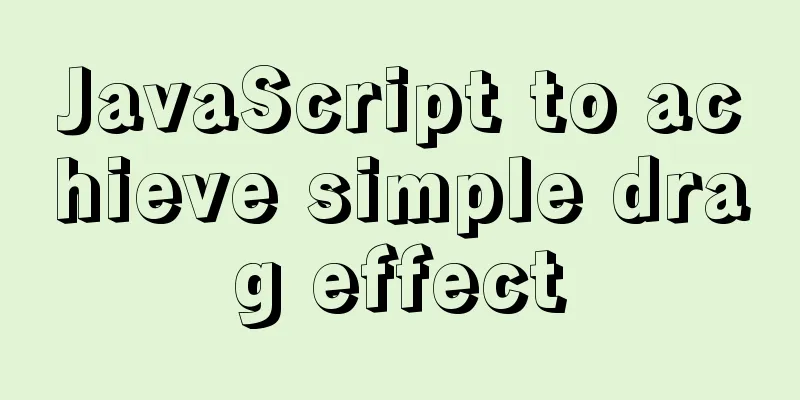A brief analysis of the use of watchEffect in Vue3

PrefaceEveryone should be familiar with the watch api in vue2. There is a $watch method in the vue instance in vue2 and a watch option in sfc (sign file component). It can be used to execute the desired behavior when a property changes. for example:
But in addition to the watch api, vue3 also added a watchEffect api. Let's take a look at its usage. We collect a dependency on userID, and then when userID changes, the watchEffect callback is executed.
// Example inspired by the [documentation](https://v3.vuejs.org/api/computed-watch-api.html#watcheffect)
import { watchEffect, ref } from 'vue'
setup () {
const userID = ref(0)
watchEffect(() => console.log(userID))
setTimeout(() => {
userID.value = 1
}, 1000)
/*
* LOG
* 0
* 1
*/
return {
userID
}
}
How is it different from watch?
From their differences we can see their advantages and disadvantages. And you can make the right choice based on business needs. watchEffect Advanced Stop monitoring watchEffect returns a function to stop the listener, as follows:
const stop = watchEffect(() => {
/* ... */
})
// later
stop()
The examples come from the official documentation, which is linked above. If watchEffect is registered in setup or lifecycle, it will automatically stop when the component is unmounted. Disable the side effect What is a side effect? Unpredictable interface requests are a side effect. Suppose we use a user ID to query user details, and then we monitor the user ID. When the user ID changes, we will initiate a request. This is very simple and can be done with a watch. However, if our user ID changes multiple times during the data request process, we will make multiple requests, and the last returned data will overwrite all the user details we returned previously. This not only leads to a waste of resources, but also fails to guarantee the order in which the watch callbacks are executed. And using watchEffect we can do it. onInvalidate() The callback passed in to onInvalidate(fn) will be executed when watchEffect is rerun or watchEffect is stopped
watchEffect(() => {
// Asynchronous API call, returns an operation object const apiCall = someAsyncMethod(props.userID)
onInvalidate(() => {
// Cancel the asynchronous API call.
apiCall.cancel()
})
})
With the help of onInvalidate, we can make a more elegant optimization for the situation described above. SummarizeThis is the end of this article about the use of watchEffect in Vue3. For more information about the use of Vue3 watchEffect, please search for previous articles on 123WORDPRESS.COM or continue to browse the following related articles. I hope you will support 123WORDPRESS.COM in the future! You may also be interested in:
|
<<: Detailed explanation of screen command usage in Linux
>>: Share some key interview questions about MySQL index
Recommend
How to use JSZip compression in CocosCreator
CocosCreator version: 2.4.2 Practical project app...
Detailed steps for QT to connect to MYSQL database
The first step is to add the corresponding databa...
CentOS 8 installation diagram (super detailed tutorial)
CentOS 8 is officially released! CentOS fully com...
SSM projects are frequently deployed as war packages, using tomcat and maven to implement hot deployment configuration
background As we all know, after we develop a Jav...
Vue uses mixins to optimize components
Table of contents Mixins implementation Hook func...
How to manage multiple projects on CentOS SVN server
One demand Generally speaking, a company has mult...
MySQL cursor functions and usage
Table of contents definition The role of the curs...
MySQL should never write update statements like this
Table of contents Preface cause Phenomenon why? A...
Detailed explanation of how to set the change value within a specified time in Zabbix
Background description: On an existing load balan...
How to modify server uuid in Mysql
Source of the problem: If the slave server is the...
Users need to know why
When I was in the securities company, because the ...
Build a high-availability MySQL cluster with dual VIP
Table of contents 1. Project Description: 2. Proj...
Reasons and optimization solutions for slow MySQL limit paging with large offsets
In MySQL, we usually use limit to complete the pa...
Example of exporting and importing Docker containers
Table of contents Exporting Docker containers Imp...









